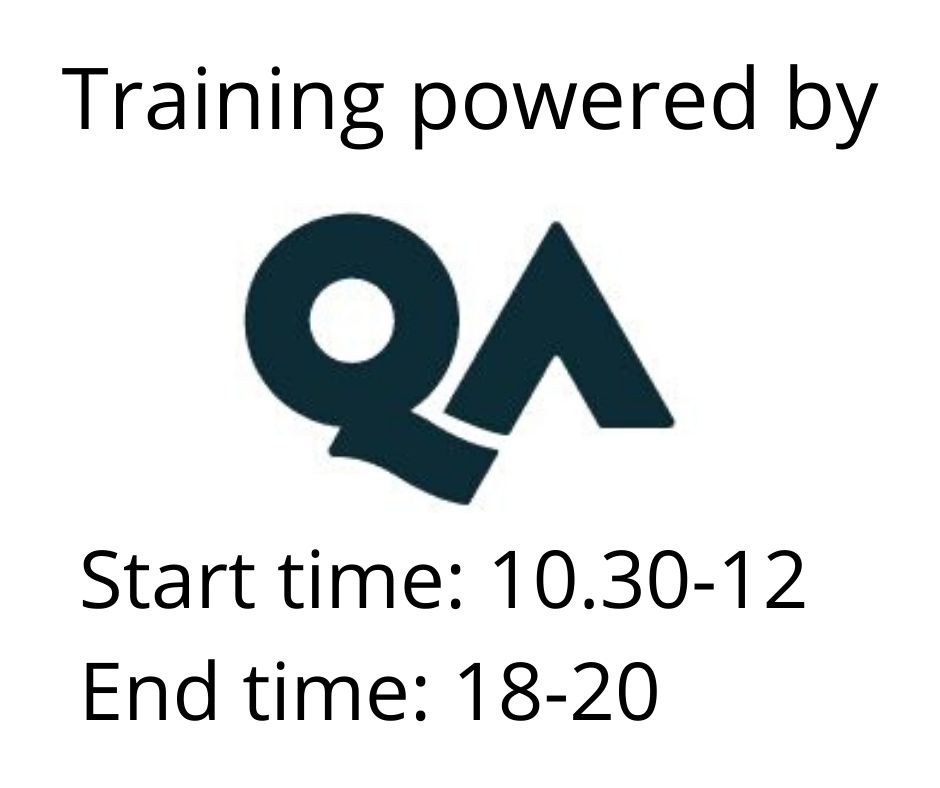Oracle Database 23ai: SQL Workshop
Osallistumismuoto
Remote
Kesto
5 päivää
Hinta
5199 €
This course is designed for Developers and Database Administrators, beginning with the foundational concepts of relational databases and the SQL programming language. It covers writing queries against single and multiple tables, manipulating data within tables, and creating database objects. Participants will learn how to create sequences, synonyms, indexes, and views, manage schema objects, and handle data using subqueries. The course also covers controlling user access and managing data in different time zones.
- Understand the core concepts of Oracle Database 23c and its related products.
- Learn relational database management concepts and terminologies.
- Utilise SQL to query databases effectively.
- Retrieve, restrict, and sort data using SQL statements.
- Customise output using single-row functions.
- Convert data types and use conditional expressions.
- Report aggregated data using group functions.
- Display data from multiple tables using joins.
- Solve queries using subqueries.
- Use set operators for data manipulation.
- Manage tables using DML statements.
- Create and manage database objects including sequences, synonyms, indexes, and views.
- Control user access and privileges.
- Manage data across different time zones.
- Familiarity with data processing concepts and techniques
- Familiarity with programming languages
Please note: To provide you with courseware and lab access, QA must share basic personal information (such as your full name and email address) with our partner. For more details, visit our QA Partner data sharing page. If you have any questions or concerns, please contact your QA account manager.
Target Audience
- Developers
- Database Administrators
1. Introduction
- Overview of Oracle Database 23c and related products
- Relational database management concepts and terminologies
- Introduction to SQL and its development environments
- Oracle Database 23c SQL documentation and additional resources
2. Retrieving Data Using the SQL SELECT Statement
- Capabilities of SQL SELECT statements
- Arithmetic expressions and NULL values in the SELECT statement
- Column aliases
- DESCRIBE command
3. Restricting and Sorting Data
- Limiting rows using the WHERE clause
- Sorting rows using the ORDER BY clause
- SQL row limiting clause in a query
- Substitution variables
- Assigning values to variables
4. Using Single-Row Functions to Customise Output
- Single-row SQL functions
- Character functions
- Number functions
- Working with dates
- Date functions
5. Using Conversion Functions and Conditional Expressions
- Implicit and explicit data type conversion
- TO_CHAR, TO_DATE, and TO_NUMBER functions
- General functions (NVL, NVL2, NULLIF, COALESCE)
- Conditional expressions (CASE, DECODE)
- JSON functions
6. Reporting Aggregated Data Using the Group Functions
- Group functions
- Grouping rows
- Nesting group functions
7. Displaying Data from Multiple Tables Using Joins
- Types of joins and their syntax
- Natural join
- Join with the USING clause
- Join with the ON clause
- Self-join
- Nonequijoins
- Outer join
- Cartesian product
8. Using Subqueries to Solve Queries
- Subquery types, syntax, and guidelines
- Single-row subqueries
- Multiple-row subqueries
- Multiple-column subqueries
- Null values in a subquery
9. Using Set Operators
- Types and guidelines of set operators
- UNION and UNION ALL operators
- INTERSECT operator
- MINUS operator
- Matching SELECT statements
- Using the ORDER BY clause in set operations
10. Managing Tables Using DML Statements
- Adding new rows in a table
- Changing data in a table
- Removing rows from a table
- Database transaction control
- Read consistency
- Manual data locking
11. Introduction to Data Definition Language
- Database objects
- CREATE TABLE statement
- Constraints
- ALTER TABLE statement
- DROP TABLE statement
12. Introduction to Data Dictionary Views
- Introduction to data dictionary
- Querying the dictionary views
- Adding a comment to a table
13. Creating Sequences, Synonyms, and Indexes
- Create, maintain, and use sequences
- Create private and public synonyms
- Create and maintain indexes
14. Creating Views
- Overview of views
- Creating, modifying, and retrieving data from a view
- DML operations on a view
- Dropping a view
15. Managing Schema Objects
- Manage constraints
- Create and use temporary tables
- Create and use external tables
16. Retrieving Data by Using Subqueries
- Retrieving data by using a subquery as a source
- Using scalar subqueries in SQL
- Solving problems with correlated subqueries
- Using the EXISTS and NOT EXISTS operators
- Using the WITH clause
17. Manipulating Data by Using Subqueries
- Using subqueries to manipulate data
- Inserting values by using a subquery as a target
- Using the WITH CHECK OPTION keyword on DML statements
- Using correlated subqueries to update and delete rows
18. Controlling User Access
- Differentiating system privileges from object privileges
- Creating a role
- Granting and revoking object privileges
19. Manipulating Data Using Advanced Queries
- Specifying explicit default values in INSERT and UPDATE statements
- Multitable INSERTs
- Merging rows in a table
- Performing flashback operations
- Tracking changes in data over a period of time
20. Managing Data in Different Time Zones
- CURRENT_DATE, CURRENT_TIMESTAMP, and LOCALTIMESTAMP
- DBTIMEZONE and SESSIONTIMEZONE
- TIMESTAMP and INTERVAL data types
- Additional date functions
- SYSDATE and SYSTIMESTAMP data handling
Hinta 5199 € +alv
Pidätämme oikeudet mahdollisiin muutoksiin ohjelmassa, kouluttajissa ja toteutusmuodossa.
Katso usein kysytyt kysymykset täältä.
